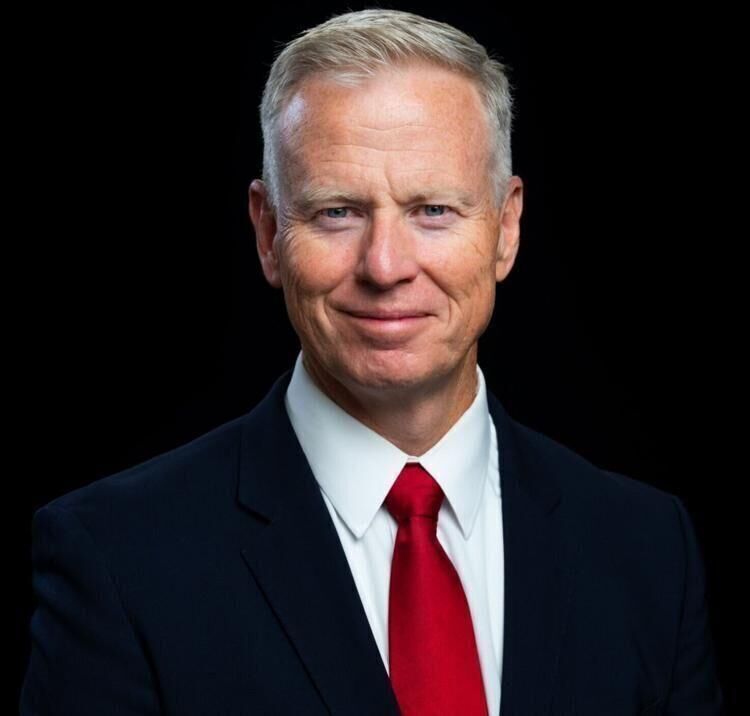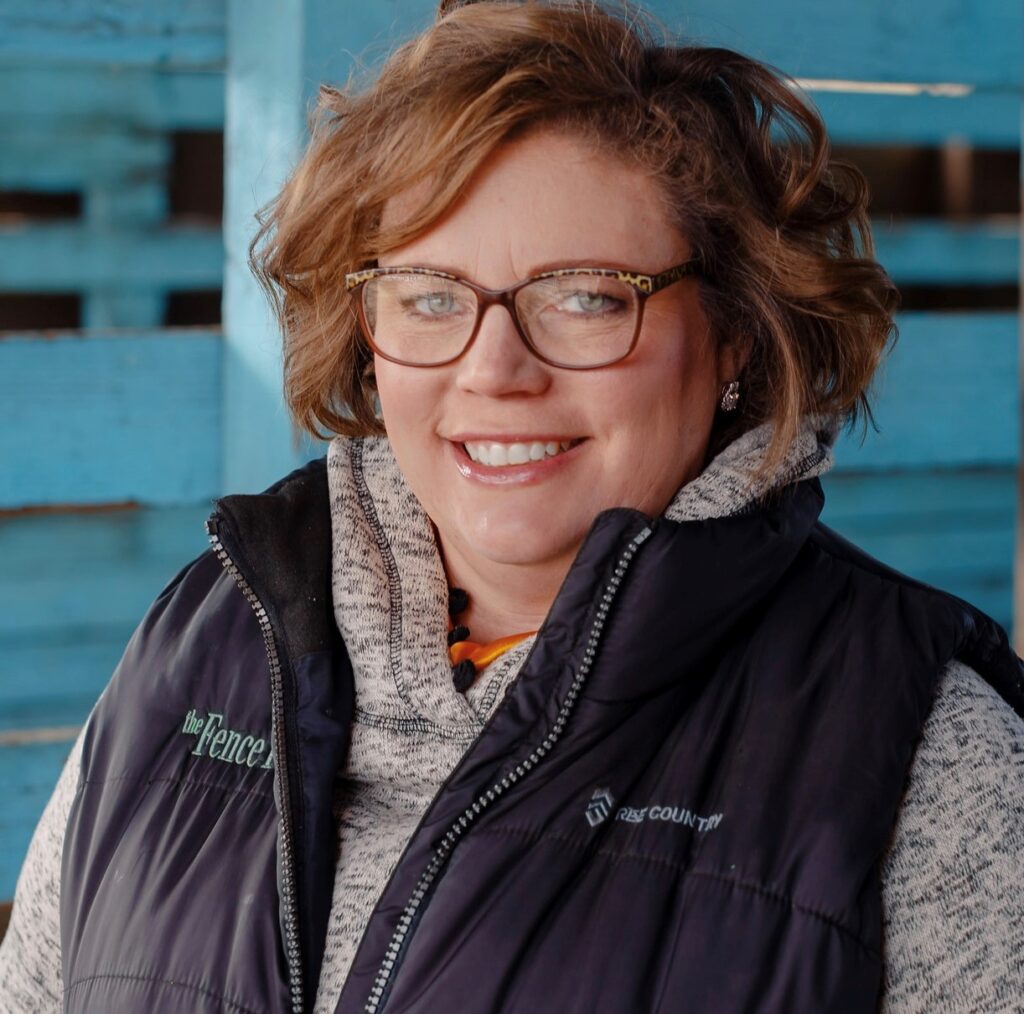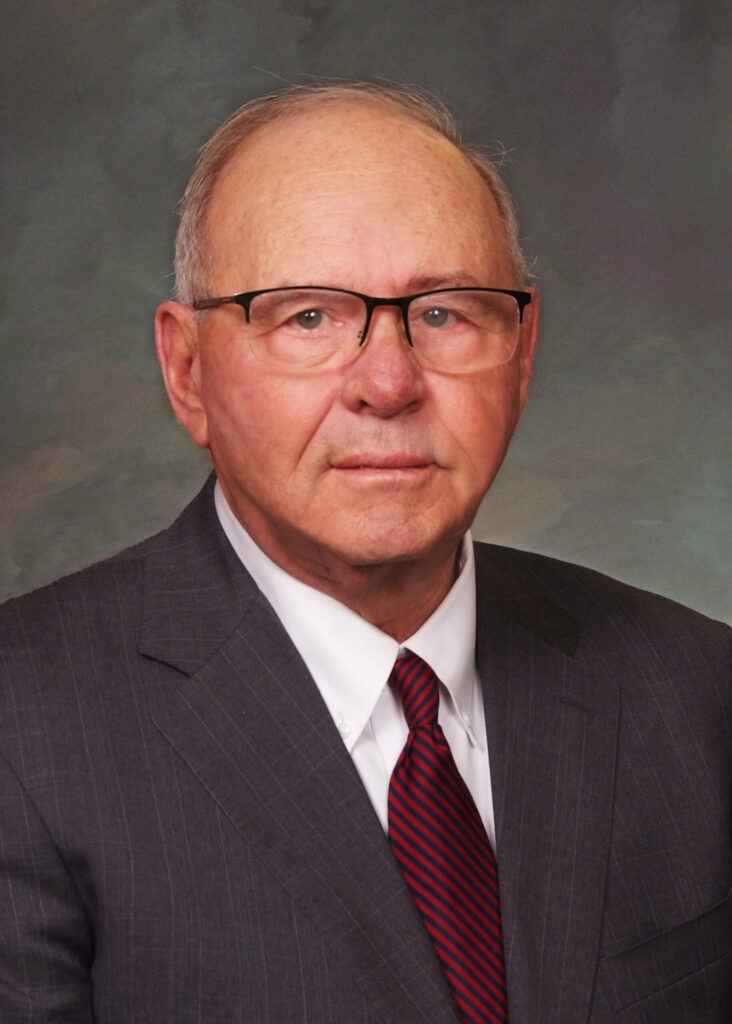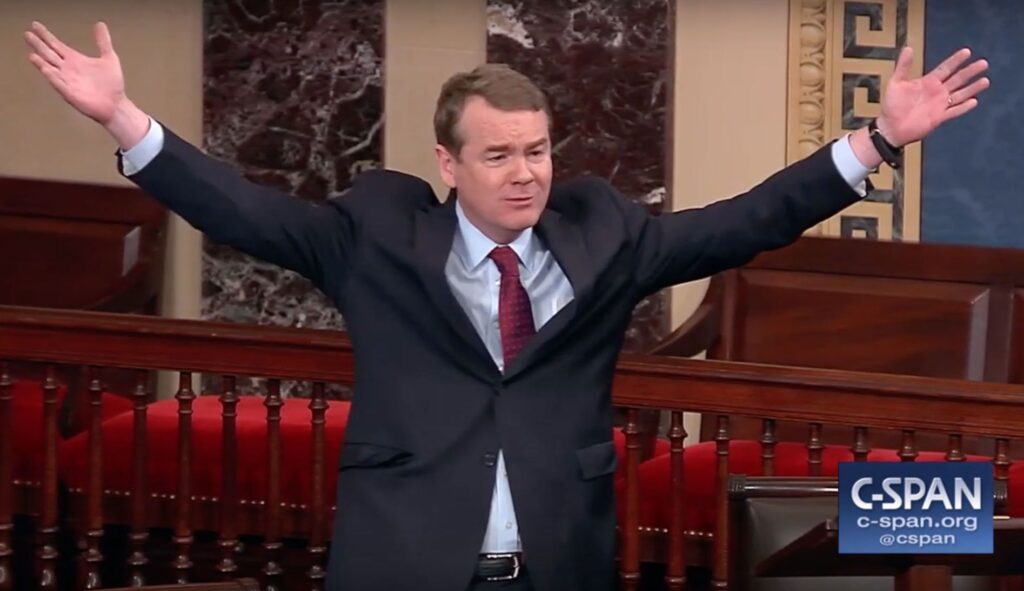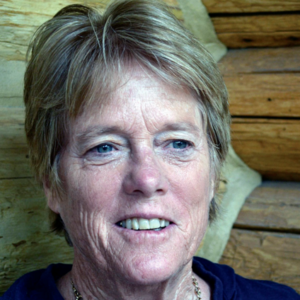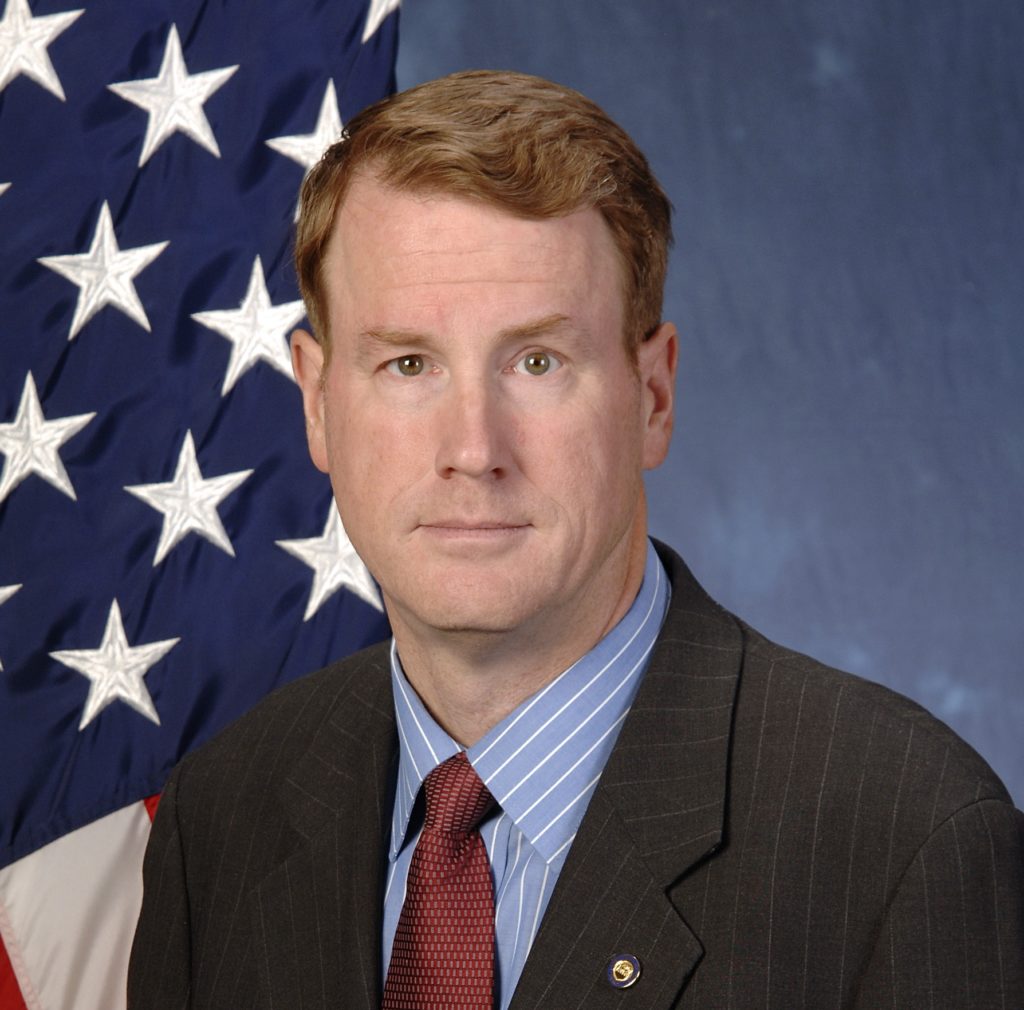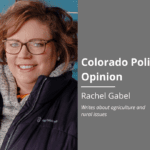Warm enough for you? | BIDLACK
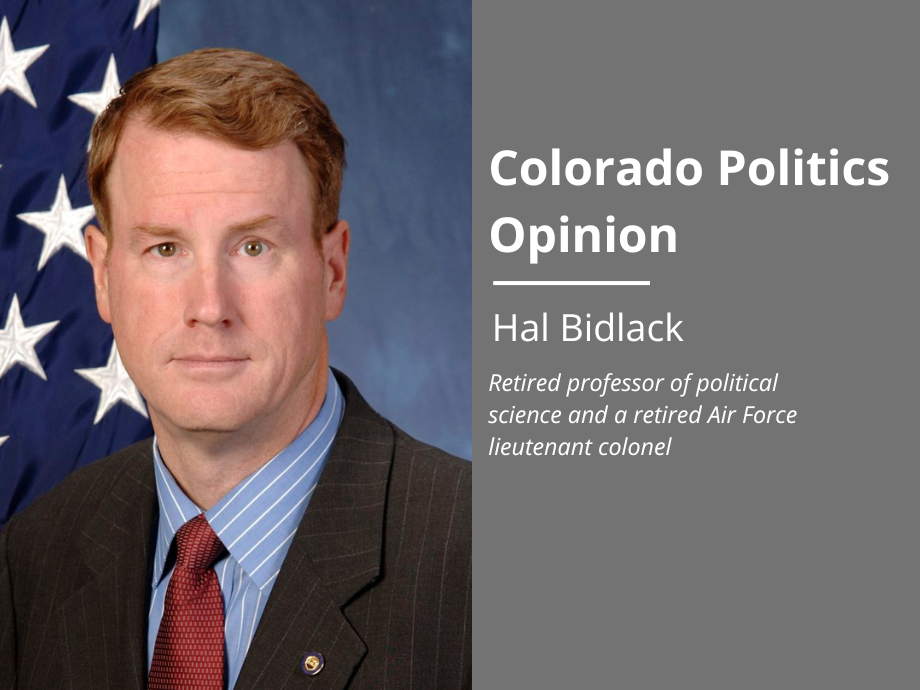
Back in 1997, I was fresh back at the Air Force Academy here in Colorado, resuming my teaching and other duties after completing my doctoral degree during a three-year tour at the University of Michigan. In my Ph.D. research, I explored the question of when it makes sense, and perhaps more importantly, when it doesn’t, to utilize military personnel in dealing with environmental concerns.
That summer, I was delighted to be assigned TDY (that’s “temporary duty” to you civilians, a tour of duty that is temporary, and that after which, you return to your primary assignment) to the National Security Council at the White House. Friends, that was the most remarkable duty I had during my 25-plus-year career. I returned to the NSC in the summer of 1998 and again had an amazing time. Just walking into and out of the White House every day gave me chills.
During that 1997 summer tour, I was directed by a senior Department of Defense official to craft, in response to an order from then-President Bill Clinton, a draft statement on the effect of climate change on the DOD’s role and operations. Each of the cabinet organizations was required to submit such a report. My draft would later become the core of the DOD’s overall statement.
In my report, I discussed the various challenges climate change would present to national defense. I noted there would be “direct” effects, such as rising sea levels requiring naval facilities to raise the docks, to “indirect” effects, such as traditional military conflicts erupting due to shortages of water.
I concluded over the next few decades climate change would be an increasingly important problem for the U.S. military and noted the central prediction about the effect of climate change was simply this: we will experience hotter periods of hot weather, colder cold periods, wetter wet times and drier dry periods. Essentially, weather will become more extreme.
Stay up to speed: Sign up for daily opinion in your inbox Monday-Friday
Unfortunately, and sadly, I have been proven correct. Today, nearly 30 years after I crafted the report, most, if not all, of my conclusions have been proven to be correct. And though no single weather event can be directly attributed to climate change, the overall pattern is clear, and we face new “normals” from here on out.
I thought about my research when I read this week’s Out West Roundup on Colorado Politics. I really do appreciate that section and I encourage you to read it. Though we love Colorado, our neighbors have important things going on as well. This week, we learned more details about the terrible flooding in New Mexico. An afternoon of very heavy rainfall (wetter wets) triggered flooding that sadly killed several and created millions in property damage. As noted in the story, southern New Mexico has been slammed, first by terrible wildfires (drier drys) and then, with the hillsides denuded of plants by the fire, massive rainstorms created flooding and landslides (wetter wets). One stretch of a key river rose more than 12 feet due to the rain.
Later in the Roundup, we learn rivers in Montana, yes, Montana have been closed to fishing due to the water being too hot (hotter hots). Nearly a dozen rivers in the western part of the state have been closed to fishing, including inside Yellowstone National Park, have seen closures or restrictions due to concerns about fish mortality. Trout are particularly at risk to disease spread and other factors when the water flows become smaller and the water gets warmer. Temps above 73 degrees are criteria for cutting off fishing, and temps at or above 77 degrees can kill trout.
Back on July 11, Yellowstone initiated full fishing closures when temperatures hit 68 degrees and announced they would revisit the closures as the summer progressed and the temperatures hopefully dropped. Spoiler: they haven’t dropped.
We in the Centennial State, and across the nation, have become almost immune to hearing the weather folk on TV talk all too often about “100-year storms,” or “once in a lifetime” flooding. Sadly, we, and our children, will see such events regularly. The new normal for the 21st century is, as I unfortunately predicted above, for more extreme weather events. Here in Colorado that will mostly effect us in terms of temperature and water availability.
Is it too late to stop the extreme weather from happening? Well, mostly yes, for a couple of reasons. If we somehow tomorrow cut off our emissions of the greenhouse gases that trap excess heat, it would take a few years, but temperatures would slowly level out, and then likely decline a bit, but that is over, say, a lifetime. Frankly, no one alive today, even if such extreme measures were taken, would see significant moderation in the effects of climate change. But future generations would appreciate it.
An additional reason for pessimism is the current national leadership, and the current Environmental Protection Agency leadership, as directed by our felon president, is in the process of repealing the earlier scientific findings humans have anything to do with climate change. If we just declare there isn’t climate change, they think it will go away, it appears. Dangerous nonsense, of course, but still the official policy of our national leadership.
Back in 1997, I was writing about a “might be” if we didn’t take action. Well, some action was taken — the Navy is raising some docks due to sea level rise — mostly we haven’t taken the steps needed. There is a war on solar and wind production right now even though we are already the world’s top oil producer and the world’s fourth-largest oil exporter.
The die is cast for this generation and the next, and I can only hope that my grandchildren’s generation, when they come of age, take bold and meaningful steps.
Until then, my 1997 research stands vindicated, and that’s a shame.
Hal Bidlack is a retired professor of political science and a retired Air Force lieutenant colonel who taught more than 17 years at the U.S. Air Force Academy in Colorado Springs.



